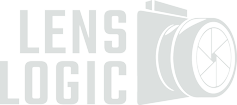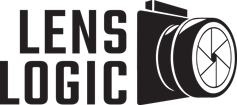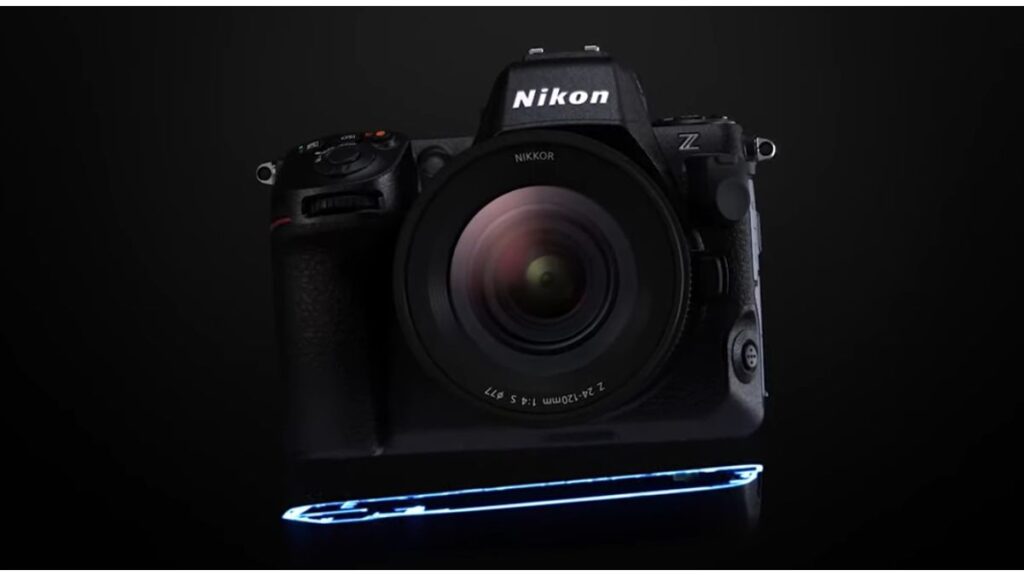What to Expect from the Nikon Z8 II: Rumored Features & Improvements
The Nikon Z8 II is one of the most anticipated releases in the mirrorless camera market, aiming to refine and elevate the already impressive Nikon Z8. As Nikon continues its push into high-performance mirrorless systems, the Z8 II is expected to bring key improvements that address user feedback while introducing new features for both photographers and videographers. With competition from the Canon EOS R5, Sony A7R IV, and Sony A9 II, the Z8 II will need to strike a balance between power, versatility, and reliability to stand out in the flagship mirrorless market. If priced competitively, it could offer significant value to professionals looking for a high-end mirrorless option.

Mason knows photography inside and out. With 15 years of hands-on experience, he’s written about cameras, lenses, and gear of all kinds. He even spent five years as a journalist, diving deep into music and writing sharp, engaging stories. Now, Mason shares his photography knowledge, helping readers find the right gear and perfect their skills. He’s also proud of his unbeatable Wordle streak!
Predicted Features of the Nikon Z8 II
Faster Processing and Improved Image Quality
The Nikon Z8 was already a powerhouse, but the Z8 II is expected to take performance even further. Rumors suggest that Nikon will focus on enhanced processing power, leading to better overall speed, low-light performance, and image quality. A new EXPEED processor could reduce image noise at high ISO settings while improving dynamic range and color accuracy. This would be a welcome upgrade for professionals who need consistent quality in diverse lighting conditions.
One major concern with the original Z8 was battery life, and Nikon might address this by improving power efficiency or introducing a new battery option. Users could also see the addition of reduced-resolution RAW file options, allowing for greater flexibility in post-processing without sacrificing too much image detail. These improvements would make the Z8 II more adaptable for high-volume workflows, such as sports, wildlife, and event photography.
Smarter Autofocus and Improved Subject Tracking in Z8 II
For hybrid shooters, the Nikon Z8 II is expected to build upon the already impressive video capabilities of its predecessor. Enhanced video codecs, higher bit rates, and expanded color profiles could make the Z8 II a more competitive option for filmmakers. The ability to shoot extended high-resolution 8K or 4K videos without overheating is another area where Nikon is likely to make refinements.
Another feature that could elevate the Z8 II is improved dual recording options, which would allow simultaneous recording in multiple formats for better redundancy. Autofocus refinements for video could also be on the horizon, ensuring smoother and more reliable subject tracking. These improvements could make the Z8 II a top choice for professional videographers who need a reliable mirrorless system for cinematic productions.
Smarter Subject Tracking
The autofocus system in the original Z8 was already strong, but Nikon could push the boundaries further with the Z8 II. AI-driven autofocus refinements might improve eye detection, subject tracking, and face registration, making it easier to focus on fast-moving subjects. If Nikon enhances subject recognition, it could significantly benefit wildlife, sports, and portrait photographers.
Another possible improvement is autofocus speed and accuracy in low-light conditions. Competing models like the Sony A7R IV and Canon EOS R5 already offer excellent low-light autofocus, so Nikon will need to keep up by refining its algorithms and sensor performance. If these autofocus enhancements materialize, the Z8 II could become a go-to camera for photographers who demand speed and precision.
How Nikon Z8 II’s Ergonomics and Durability Stack Up
Nikon is known for its robust camera designs, and the Z8 II is expected to maintain the durable build quality of its predecessor while introducing subtle refinements. One potential change is improved thermal management, allowing for longer recording and shooting sessions without the risk of overheating. Another anticipated improvement is better customization options for shooting banks, helping professionals quickly adapt settings for different scenarios.
Ergonomics and button layout could also see minor tweaks to enhance usability. Faster wireless file transfer capabilities and improved connectivity options might also be on Nikon’s roadmap, allowing for a more seamless integration with modern workflows. While these changes may seem incremental, they could significantly impact user experience, especially for professionals who rely on efficiency in the field.
Addressing Key Weaknesses
One of the most significant criticisms of the original Z8 was its battery life, and Nikon is likely to address this with the Z8 II. Whether it’s a more efficient power system or an entirely new battery, professionals will be expecting longer shooting times without the need for frequent recharges.
Another challenge Nikon could address is heat management. With the rise of high-resolution video recording and continuous burst shooting, overheating is a concern. Improved internal heat dissipation mechanisms could allow the Z8 II to sustain demanding tasks like 8K video or extended burst shooting without performance drops. These refinements would enhance reliability, making the camera a more dependable tool for professionals working in high-intensity environments.
Nikon Z8 II vs Competitors: How It Compares to Canon and Sony
The Nikon Z8 II will be entering a competitive market where flagship mirrorless cameras from Canon and Sony have already established themselves as strong contenders. Here’s how the Z8 II might compare to some of its closest rivals:
Nikon Z8: The biggest question for potential buyers will be whether the Z8 II offers enough upgrades over its predecessor. If Nikon significantly improves battery life, autofocus, and processing speed, it could be a compelling upgrade.
Canon EOS R5: With a 45MP sensor, 8K RAW recording, and advanced Dual Pixel CMOS AF II, the R5 has set a high bar for hybrid shooters. The Z8 II will need to match or surpass its autofocus and video capabilities to remain competitive.
Sony A7R IV: Featuring a 61MP sensor and impressive dynamic range, the A7R IV caters to high-resolution photography. If Nikon improves the Z8 II’s resolution and autofocus, it could appeal to professionals looking for detail and clarity.
Sony A9 II: Built for speed, the A9 II offers blackout-free shooting and real-time eye autofocus, making it ideal for sports and action photography. If the Z8 II enhances its autofocus and burst shooting capabilities, it could attract similar users.
By refining the balance between resolution, speed, and video performance, Nikon has the opportunity to carve out a unique position for the Z8 II in this competitive landscape.
Release Date: When Can We Expect the Nikon Z8 II?
While there’s no official announcement, the Nikon Z8 II release date could fall sometime in 2025, based on the pattern of previous releases. Nikon’s Track Record: Nikon’s release strategy for Z-series cameras may indicate the timeline. Given the Z8’s release in 2023, the Z8 II might be set for release in late 2025 or early 2026. What This Means for Nikon Users: An early announcement could build anticipation among Nikon users, helping professionals and enthusiasts plan their upgrades accordingly. The timing of the release will also impact purchasing decisions, with some users opting to wait for the Z8 II while others may find the original Z8 sufficient for their needs.
Is the Nikon Z8 II Worth the Investment for Professional Photographers?
The Nikon Z8 II is expected to come with a premium price tag, but the added features and refinements could justify the investment for professionals who require a versatile and reliable camera. With improvements in image processing, autofocus, video capabilities, and battery life, the Z8 II is shaping up to be a well-rounded tool for photographers and videographers alike.
If Nikon successfully addresses the shortcomings of the original Z8 while introducing meaningful upgrades, the Z8 II could be an essential addition to any professional’s gear bag. Whether you shoot weddings, wildlife, sports, or commercial projects, this camera is likely to offer the performance and reliability needed for demanding work.
The Nikon Z8 II is poised to be a major step forward, building on the strengths of its predecessor while addressing its weaknesses. From enhanced processing power and autofocus improvements to better battery life and video capabilities, Nikon appears to be fine-tuning its flagship mirrorless camera for modern creative professionals.
The true test will be how well Nikon executes these expected upgrades. If they manage to deliver a well-balanced camera that meets the demands of both photographers and videographers, the Z8 II could be one of the most desirable mirrorless cameras of 2025. For those who are eager to see how Nikon evolves its mirrorless lineup, the Z8 II is definitely a camera worth watching.


